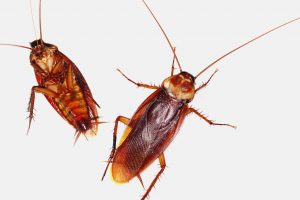The Sci-Fi age is here.
Nose Plugs?
I remember reading a book when I was a kid about small robots that climbed into people’s noses and monitored their thoughts, sending the information back to the government. What was incredible to me was not that the robots could read thoughts but the fact that they were so darn small.
“There’s no way a robot could be so small that I wouldn’t notice it crawling up my nose!”
Even so, for a long time after that I slept with my face buried in my pillow, blocking my nose, just to be safe.
For Real
Now it seems they have created robots practically small enough to do just that.
Well, they can’t read thoughts, but they could in theory fly up your nose.
According to researchers at the Microbotics Lab at Harvard’s School of Engineering and Applied Science, their robot bee project can within the next 2 ½ years produce microscopic flying, air vehicles.
Meet Mobee
Currently, Mobee, as they’ve dubbed him, short for Monolithic Bee, looks more like a miniature brace of scaffolding with wings than a bumble bee, but the project is moving quickly. The difficult part was developing a way to build the Mobees efficiently. Peter Whitney, a graduate student who helped to develop the manufacturing process, stated, “When you want to make a fully integrated device that’s on the scale of 1 or 2 cm, it’s not economical to scale up the computer-chip, integrated-circuit manufacturing technology; it’s just too expensive. On the other hand, trying to scale down traditional manufacturing, you’re sort of in a Swiss-watch situation where you can make tiny components, but then you have to assemble them all together, and that’s a tedious process; so we sort of live in between those two worlds.”
The Process
Possible uses that have been suggested for these mini-bees are military surveillance, crop pollination or scientific use tracking environmental changes.
Want to make a Robo-Bee of your own? Watch this!




